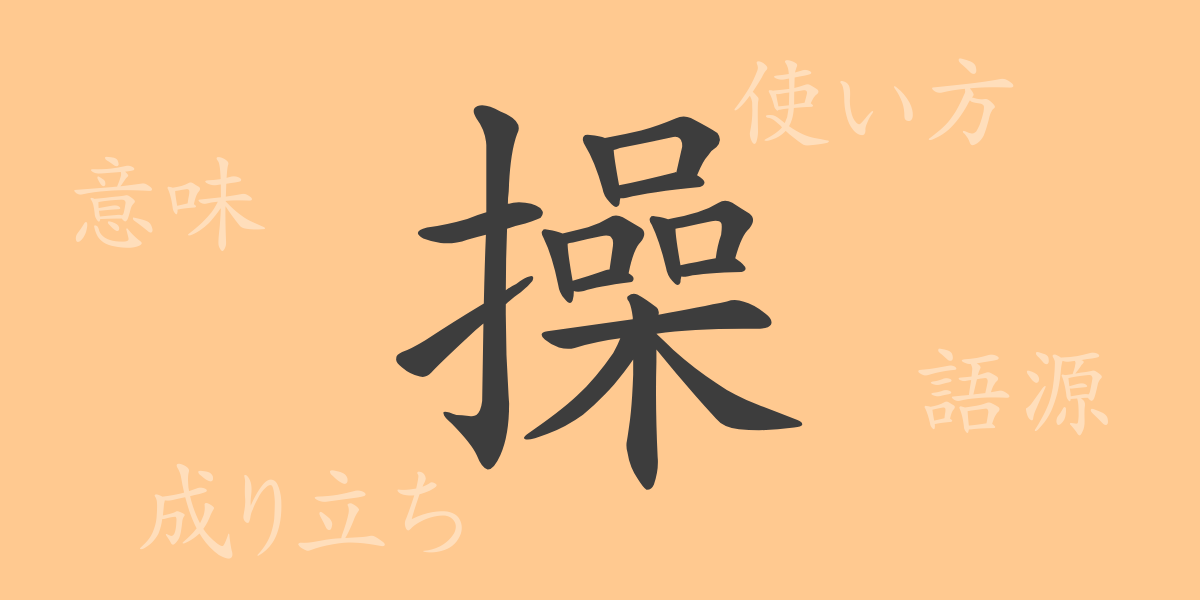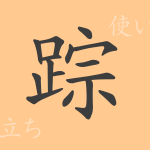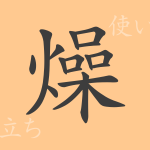The richness of the Japanese language is reflected in its Kanji, each character steeped in history and imbued with specific meanings and uses that deepen our appreciation of Japanese culture. This article focuses on the Kanji ‘操’ (そう – sō), exploring its origins, meanings, and applications, as well as phrases and idioms derived from it. Join us on a journey to rediscover the allure of Japanese through the character ‘操’.
Origins of 操 (そう – Sō)
The Kanji ‘操’ originated in ancient China and has a venerable history. It initially depicted the action of manipulating threads with hands, which evolved to mean ‘to operate’ or ‘to control.’ From manipulating threads, it also came to signify ‘to restrain’ or ‘to discipline.’ These meanings highlight the Kanji’s versatility and depth.
Meaning and Usage of 操 (そう – Sō)
Primarily, ‘操’ means ‘to operate’ or ‘to control.’ It also holds meanings of ‘to restrain’ and ‘to discipline.’ Morally, it is used in expressions like ‘maintaining one’s purity’ or ‘integrity.’ In Japanese, it is a polysemous character utilized in various contexts.
Readings, Stroke Count, and Radical of 操 (そう – Sō)
The complexity of the Japanese language is mirrored in the structure and pronunciation of ‘操’:
- Readings: On’yomi (音読み) is ‘ソウ’ (Sō), Kun’yomi (訓読み) includes ‘みさお’ (misao) and ‘あやつる’ (ayatsuru).
- Stroke Count: ‘操’ comprises 16 strokes.
- Radical: The radical is ‘手’ (てへん – tehen), associated with hands, reflecting its historical connection with manipulating threads.
Phrases and Idioms Using 操 (そう – Sō) and Their Meanings
The character ‘操’ is found in various Japanese idioms and phrases, each reflecting the cultural and linguistic richness:
- 自操自制 (じそうじせい – Jisōjisei): Self-control or self-discipline.
- 操縦 (そうじゅう – Sōjū): To pilot or control a vehicle.
- 節操 (せっそう – Sessō): Adherence to one’s principles or integrity.
- 操行 (そうこう – Sōkō): One’s conduct or behavior.
- 操業 (そうぎょう – Sōgyō): Operation of factories or regular business activities.
Conclusion on 操 (そう – Sō)
The Kanji ‘操’ plays a versatile role in Japanese, from its origins in thread manipulation to contemporary meanings of operation and discipline. The phrases and idioms that include ‘操’ intertwine closely with everyday life, offering insights into the depth of language and culture. By examining a single Kanji like ‘操’, we can appreciate the breadth of expression and the cultural depth embedded in the Japanese language.

























